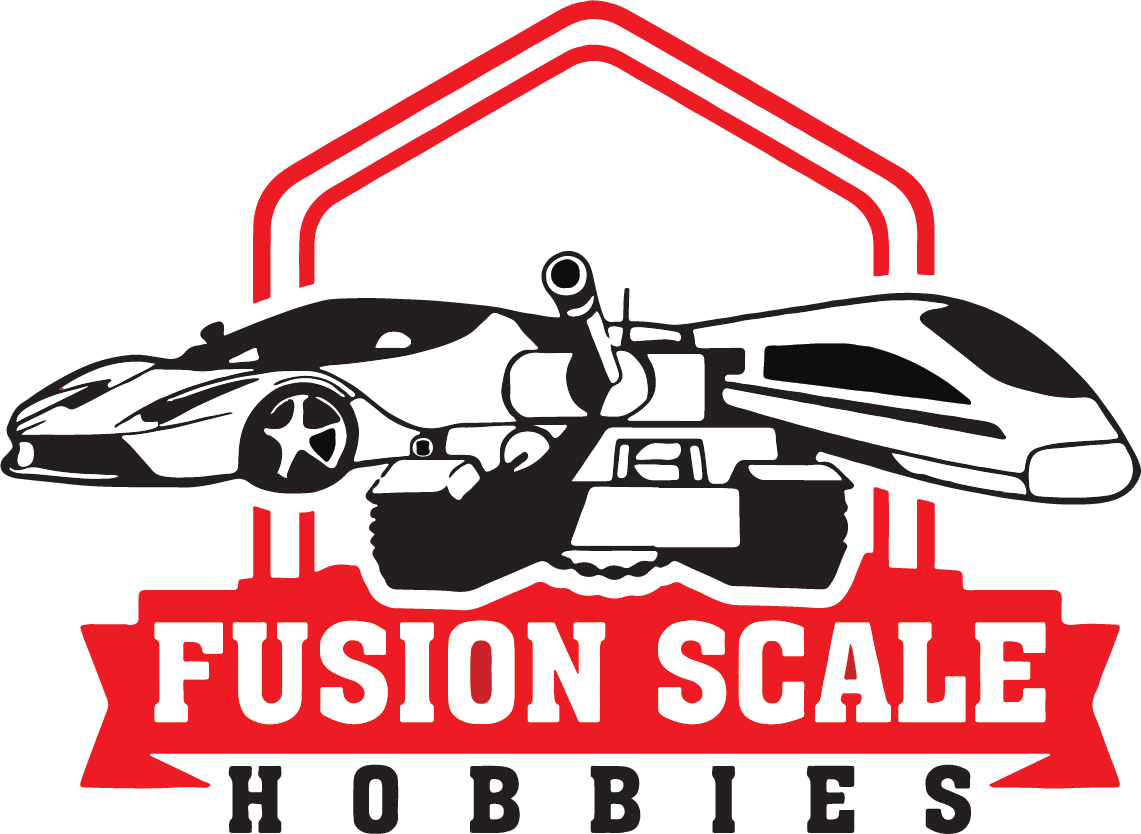
Estes Generic E2X Bulk Pack/12pc E2X
 Estes Generic E2X Bulk Pack/12pc E2X
$111.54
/
Estes Generic E2X Bulk Pack/12pc E2X
$111.54
/

Your payment information is processed securely. We do not store credit card details nor have access to your credit card information.
Tear down the barriers to creativity with the Generic E2X. This rocket is an easy way to promote creativity among your students. This all white rocket can be individually customized with the foil self-stick decals, decorated with markers or paint or just leave it white.
The Generic has an easy-to-assemble plastic fin unit/engine mount and a one piece nose cone. In addition, that makes it very easy to build, especially for kids that have never built a model rocket. Launching this customized rocket is easy, too.
The Generic E2X is a standard engine rocket that launches with a Estes Porta-Pad II Launch Pad and Electron Beam Launch Controller. The rocket has a 12 inch parachute for its recovery system.
More ways to inspire creativity and fun with the Generic E2X engine rocket:
- Group activity: Building and launching the Generic E2X rocket can be a great group activity that encourages collaboration and creativity. Students can work in pairs or small groups to come up with unique designs for their rocket. Then, they can help each other assemble and decorate the rockets.
- STEM education: The Generic E2X can also be used as a tool for teaching STEM concepts. Students can learn about the physics behind rocket flight, as well as the importance of designing stable rockets. They can also explore the different types of engines and fuels used in rocket propulsion.
- Design challenge: Turn the building and launching of the Generic E2X into a design challenge. Have students come up with specific design constraints or objectives, such as building the fastest rocket, the highest-flying rocket, or the most visually stunning rocket. This can help promote creative thinking and problem-solving skills.
- Outdoor activity: Launching the Generic E2X is a great outdoor activity that can get students outside and enjoying the fresh air. It can also be a fun way to break up a long day of indoor learning or testing.
- Interdisciplinary project: Incorporate the building and launching of the Generic E2X into an interdisciplinary project. For example, students could write a research paper on the history of rocketry, design and build their own rockets. Afterwards, they can present their findings and launch their rockets at a science fair or similar event. This can help promote a deeper understanding of the subject matter and encourage students to think creatively across different fields.









